Pairing an Apple Watch with an iPhone makes Siri easier to access than ever. But with a new voice-controlled Apple TV said to be on the horizon, Siri seems poised to become an even more prevalent part of the Apple ecosystem.
Editor's note: Apple frequently introduces new technologies and features in a singular new product, then gradually brings them to other devices in its ecosystem, making for a more coherent user experience. Our Watch Effect series examines how the Apple Watch's own innovations might make their way to the iPhone, iPad, or Mac.
With the Apple Watch, users can simply raise their wrist and say "Hey Siri," followed by a command or inquiry, and Apple's voice-driven personal assistant will immediately get to work.
"Hey Siri" functionality was actually introduced with iOS 8, allowing users to invoke Siri without the need to hold down their iPhone's home button. But "Hey Siri" on the iPhone or iPad requires that the handset be plugged into an external power source, as the always-listening microphone functionality drains battery life. It's also an optional setting that is disabled by default.
No such power requirement is needed for the Apple Watch, as the wrist-worn device will respond to they "Hey Siri" command once a user raises their wrist or activates the Watch display.
"Hey Siri" is one of the strongest features of the Apple Watch at launch, making it easier than ever to have quick access to information. But its inclusion in the Apple Watch also makes it clear how "Hey Siri" functionality could become even more valuable, particularly with an anticipated Apple TV refresh.
Apple is widely expected to unveil a new Apple TV at its annual Worldwide Developers Conference in a matter of days. It's been said that the next-generation Apple TV will include Siri voice control support, serving essentially as an always-on personal assistant based in the living room.
It's easy to see how "Hey Siri" would play a crucial role in this, serving as the combination of words to invoke Siri without the need to press any buttons, or have a phone nearby or Apple Watch on your wrist.
From there, the possibilities for an always-on Siri are nearly limitless, ranging from basic access to information, all the way to controlling smart home accessories through Apple's HomeKit tools.
Future iPhones and iPads could also gain always-on "Hey Siri" capabilities, if Apple were to include low-power listening capabilities in a future A-series chip. A number of Android devices offer similar "OK Google" support, available on Lollipop-powered handsets including the latest Snapdragon processors.
Finally, users have long waited for Siri to come to the Mac, and always-on listening capabilities would be a natural fit for OS X.
Enabling "Hey Siri" across all devices does have its drawbacks, however. For example, saying those magic words while in a room with multiple iPhones and/or iPads charging results in a cacophony of personal assistants, all trying to respond to your command.
Such minor quirks should be easy for Apple to fix, however, as it works to make Siri the ubiquitous voice-control platform, always at your service whenever you need it.
 Neil Hughes
Neil Hughes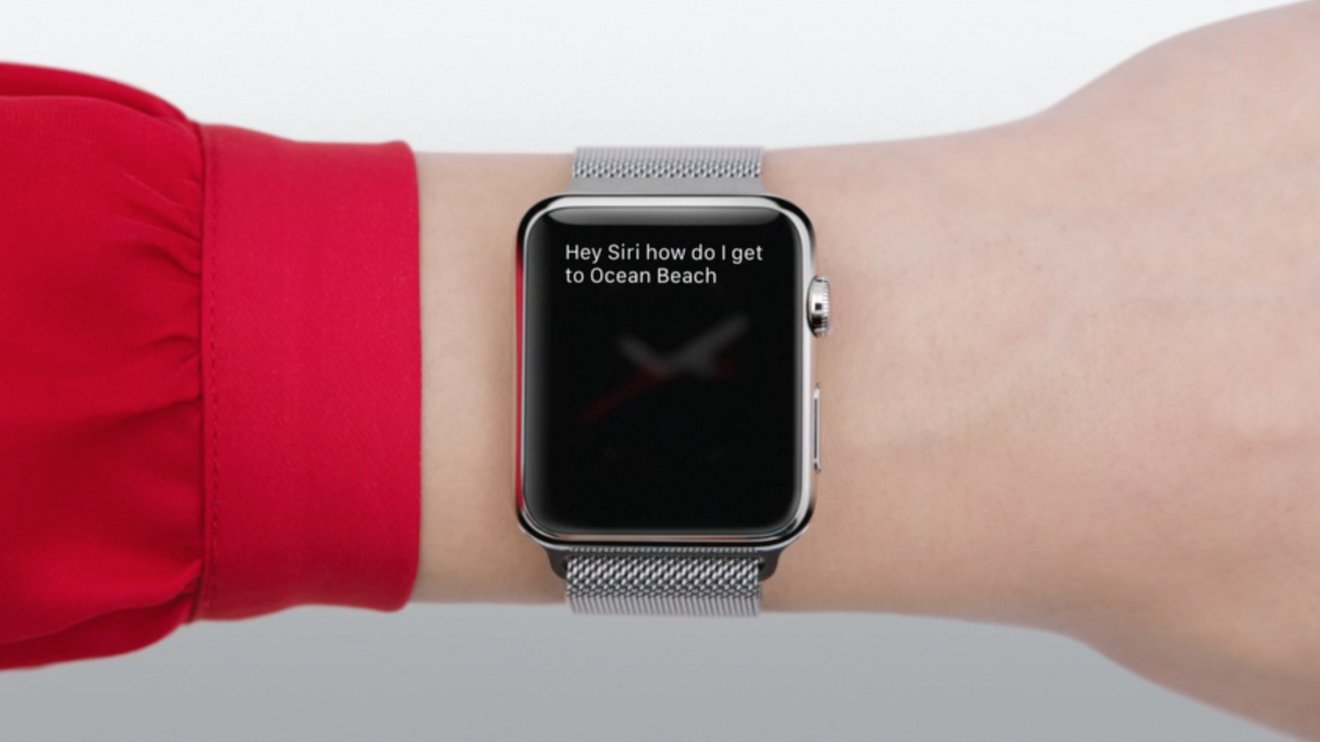

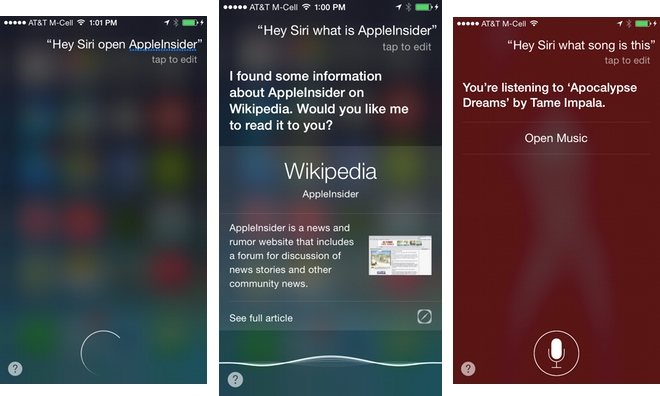

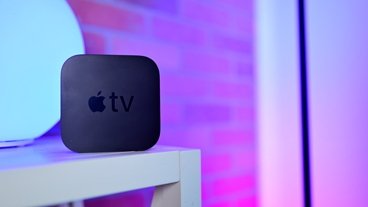



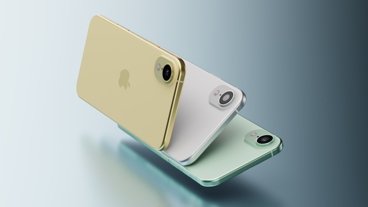
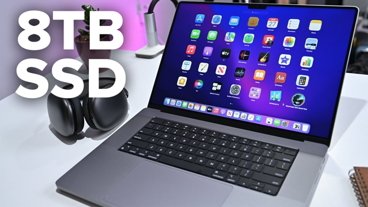
-m.jpg)





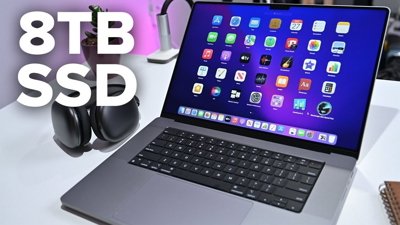
 Christine McKee
Christine McKee
 Marko Zivkovic
Marko Zivkovic
 Wesley Hilliard
Wesley Hilliard
 Malcolm Owen
Malcolm Owen
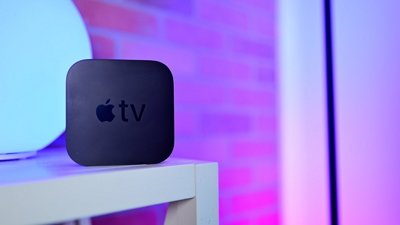

 William Gallagher
William Gallagher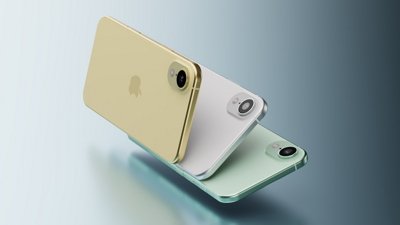

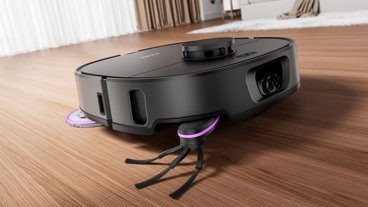
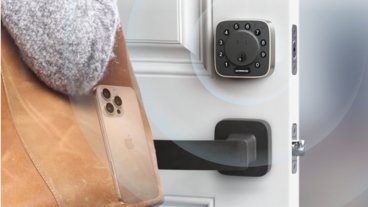
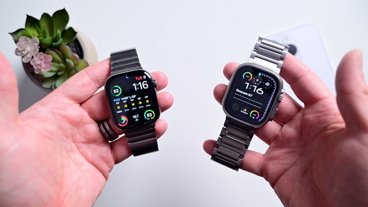


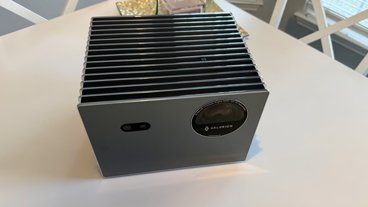
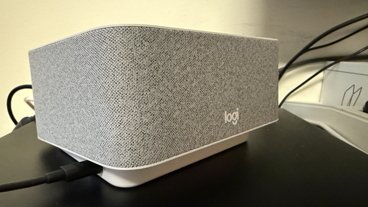
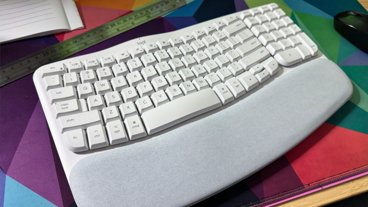

36 Comments
Well Apple has a lot of work to do on Siri to get it to understand what is asked if it is going to be a universal way of doing things. On my iPhone 6 Siri is successful about 30% at best. I like the Siri one where I invoke "Hey Siri" in the middle of the night, dead silent bedroom and ask, "Hey Siri what time is it? and get back Siri responding with options for Time Magazine! So useful.
The prerequisite for quality control of the AppleTV with the AppleWatch is the #1 feature that Apple HAS to come out with for the AppleTV Refresh: GLOBAL SEARCH. You need to be able to search for "XYV TV SHOW" and get aggregated results from iTunes Store, Netflix, Hulu, and whatever other junk channel might randomly have a few episodes. It would be nice if the search results had some quick action buttons next to the options, as well as some indicator icons. Little icons that tell you whether its Paid, Free, or Free Ad Supported content, etc.
Having an AI virtual assistant on your wrist at all times would be a game changer for the company that gets it 100%. Apple, Microsoft and Google are all charging ahead.
If Apple Watch forces Siri to become better that's a win-win for everyone. Incidentally an Android Wear review in the WSJ was quite critical of Google Now for basically being too invasive; that it's trying to be clairvoyant when it's really not. For instance you raise your wrist because you want to see the time and a bunch of cards pop up presenting you information Google thinks you want to see. http://t.co/6ab344kTrW This is where I think Apple has a real opportunity with Watch to get notifications and glanceable information right. I hope we see improvements in that area announced at WWDC.
Hey Mac for the Mac Hey home for homekit/Apple tv But probably have the ability to name your device whatever user chooses